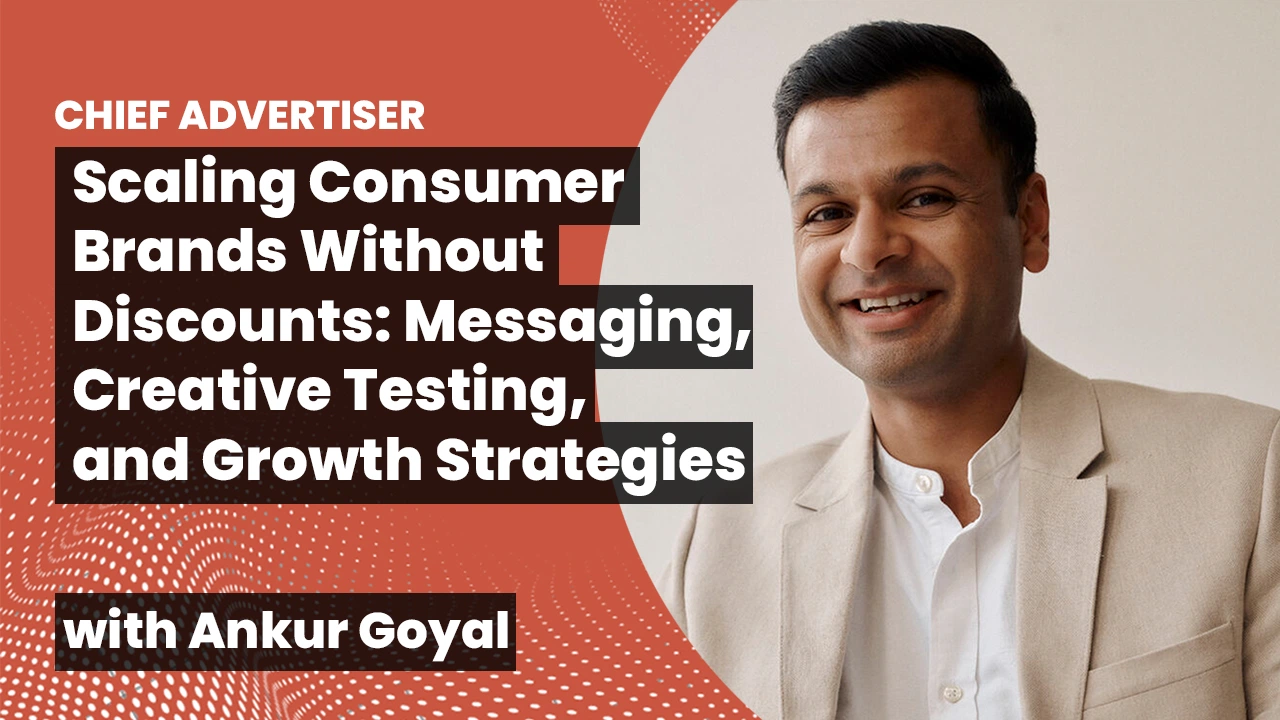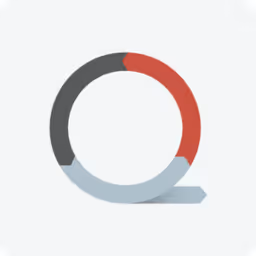As privacy initiatives continue to shift the digital advertising world, measurement is one of the most significant areas impacted. Marketers have had to turn to new metrics to determine the effectiveness of their advertising.
Currently, most advertisers use viewability to measure the impact of their campaigns. However, we won't be able to accurately measure reach and frequency after we lose access to third-party cookies. Now, advertisers are turning to attention metrics as an alternative to reach and frequency metrics.
Attention metrics allow us to better understand how consumers engage with our advertising. These metrics bring us closer to understanding whether the campaigns truly influence buying behavior.
The individual metrics we would define as attention metrics are evolving. It started as general exposure time, in-view time, hover rate, and touch rate. Recently, we've seen the introduction of more sophisticated metrics such as biometric data (eye tracking and others) and new proprietary metrics from ad tech vendors.
Why is it important?
We rely on attention metrics because the assumption is that these metrics more closely align with the outcomes we're trying to achieve. We expected attention metrics to become more important, especially as measuring reach and frequency becomes more difficult.
While attention metrics could greatly benefit advertisers, it has challenges, too.
Currently, there is no industry standard for attention metrics. Since there's no standard, metrics do not align or match when comparing your campaign across different platforms. The inconsistency makes it difficult to understand the overall impact of your campaigns.
Biometric and panel data will be challenging to scale and could cause general privacy concerns. Some channels, like OOH, may not even be measurable using biometric data. Advertisers will need to decide how important this data is for them and at what scale.
The most significant risk for attention metrics is that it assumes the metrics we use to measure attention are the right ones. We're still learning and trying to determine which metrics forecast the true impact of campaigns.
What should you do about it?
Advertisers need to start monitoring and reporting on attention metrics. These metrics will be more important as the year progresses, meaning it is time to start measuring them.
Look at attention metrics from your programmatic campaigns alongside standard reach and frequency metrics. Consider testing what happens when you optimize to specific attention metrics.
As the industry starts to build standardization, you can expect to see more importance given to these metrics. Make sure you have a plan or understanding of how you might start incorporating attention metrics into your media buying and reporting.
TL;DR
As privacy changes disrupt traditional digital advertising measurements, advertisers are pivoting towards attention metrics as a new way to gauge campaign effectiveness, moving beyond mere viewability to understand real consumer engagement.
These metrics, including time spent, hover rate, and more advanced biometric data, aim to better predict advertising influence on buying behavior.
However, challenges like lack of standardization and potential privacy concerns complicate their adoption.
Despite these hurdles, advertisers must begin integrating attention metrics into their strategies, alongside traditional metrics, to remain ahead in measuring and optimizing campaign impact effectively.





